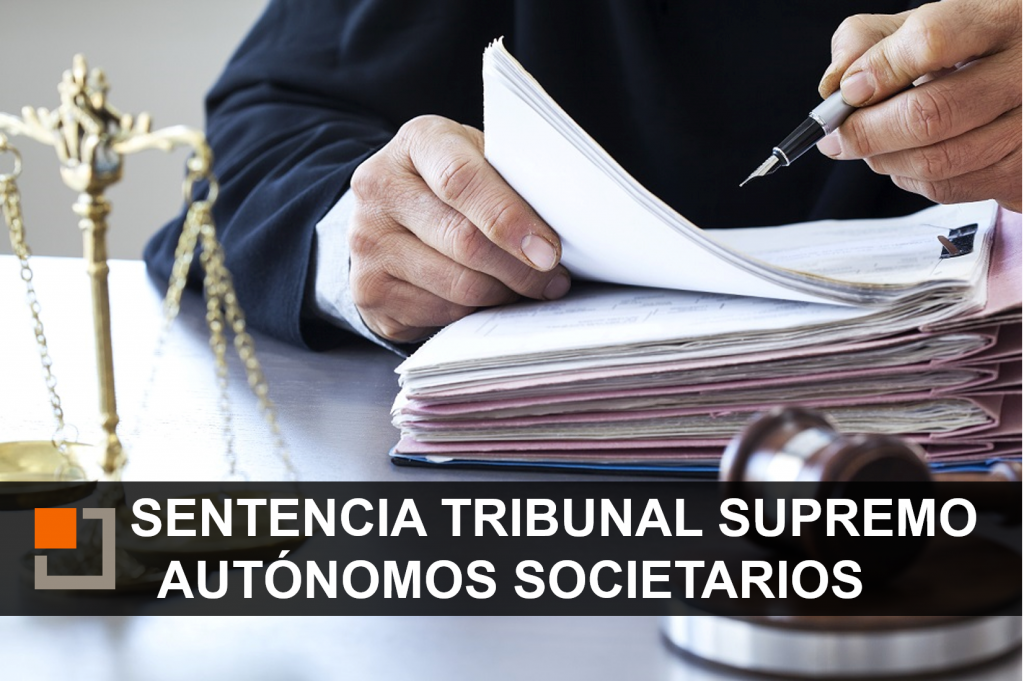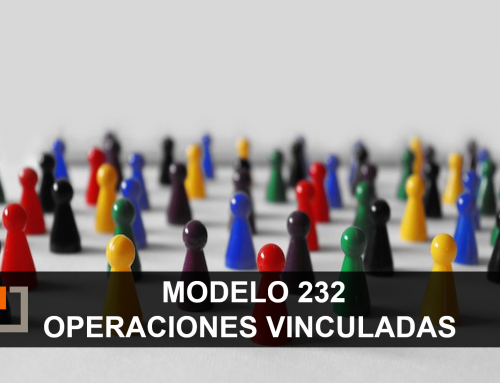
The
corporate self-employed
is a controversial figure about which there are usually many doubts in commercial and legal terms, since both the operation and the quotation are different from that of other self-employed.
Retirement, for example, is one of the issues that generates the most questions for these workers. What pension does a corporate self-employed person have left? Can active retirement be compatible with pension collection?
Recently, a ruling of the Supreme Court (TS) has answered this last question by ruling that the corporate self-employed cannot collect 100% of the pension while they are in charge of their business through active retirement,as self-employed individuals can.
In this way, the Supreme Court has put an end to a debate that had been elucided years ago with several judgments to the Superior Courts of Justice such as, for example, the Judgment of the TSJ of Galicia, Social Chamber, of May 28, 2019, which recognized the compatibility of the work with 100% of the pension to the corporate self-employed who has hired a worker in a company over which the self-employed worker has effective control in the terms of article 305 TRLGSS.
Two other judgments issued by the TSJ La Rioja, which raised the question of whether a self-employed company is entitled to receive the retirement pension compatible with work in the amount of 100%, ruled in favor of this compatibility.
These judgments were positioned against the criterion of National Institute of Social Security (INSS),which understands that compatibility can only reach 50% of the pension,since the corporate self-employed do not meet the legal requirement of having hired at least one employee (LGSS art.214.2, paragraph 2) since the status of employer is held by the company.
The National Social Security Institute understands that compatibility can only reach 50% of the pension since the corporate self-employed do not meet the legal requirement of having hired at least one employee
In fact, the INSS repeatedly denied the right of several self-employed corporates to collect 100% of their pension through retirement for the simple fact of being administrators of a company.
An argument that ratified on July 23 the Supreme Court through an appeal for the unification of doctrine with which it settled the question of the possibility of making work compatible with 100% of the retirement pension in the case of the corporate self-employed.
The controversy came from the reason why this type of retirement allows (in principle to all the self-employed) to reconcile their business with a part of their pension through two options: either 50% if they do not have employees in their charge, or 100% if they hire one or more workers.
But for the National Social Security Institute, and since July also for the Supreme Court, the fact that the corporate self-employed person is included like the others in the Special Regime for Self-Employed Workers (RETA) and quotes even on bases higher than the others is not sufficient reason for him to access the same benefits as the rest of the collective.
They will only be able to collect half of the benefit in active retirement
As established by the INSS and the ruling of the Supreme Court, a corporate self-employed person can never meet the requirement of having hired at least one employee, since it is the company and not he who hires him. Therefore, only half of the pension could be recognized to the corporate self-employed, never 100%.
The Supreme Court, therefore, has agreed with the INSS considering that, if the company is a commercial company, the employer is the legal person and not its directors or administrators.
The ownership of the labor relations agreed by the company corresponds to it, which therefore holds the position of employer, not to its directors, social administrators or partners, so the legal requirement is not met. The opposite thesis would be to ignore the existence of the legal person.
In this way, the judgment of the High Court has not only created jurisprudence, but will also prevent new cassations for the same reason.
The Supreme Court establishes that any self-employed company will not be able, from now on, to access the collection of 100% of their pension for active retirement, compared to the traditional self-employed natural person who can, provided that he hires a worker.
The two arguments for denying full pension to the self-employed in active retirement
The unification of the doctrine by the Supreme Court so that the corporate self-employed are only entitled to receive half of their pension in active retirement has been based on two arguments.
The first, always according to the Supreme, is the difference between a self-employed natural person and a corporate self-employed person, so they would not enjoy the same rights:
‘The difference between the corporate self-employed person and the one who carries out his activity acting as a natural person, called ‘classic self-employed’, affects his patrimonial responsibility.
The latter are responsible for their debts, including wages with contracted workers and Social Security contributions, with all their present and future assets.
On the contrary, the aforementioned director or administrator of a commercial company (corporate self-employed) benefits from the limitation of corporate liability, which in principle does not affect his personal assets, without him signing any contract with any worker, “says the judgment.
To which he adds that “if you want to enjoy full compatibility between pension and income, you must develop an activity on your own account acting as a natural person and not through a commercial company”.
Regarding the second requirement required by article 214.2, of the LGSS, which regulates active retirement (having hired, at least, an employee to collect 100%), the Supreme Court indicates that:
‘If the undertaking is a commercial company, the employer is the legal person and not its directors or administrators. The company has a distinct legal personality with limited liability.
By way of example and argumentation, a social administrator of a limited company that owns 25% of the shares is registered in the RETA, but this does not mean that he has personally hired the workers of the limited company, nor that he responds with his personal assets for the salary debts, nor that he personally assumes the risk and fortune of the activity”, explains the sentence.
By way of conclusion, we can point out that the current regulations prevent self-employed workers who hold positions of directors or administrators of a capitalist company from continuing to carry out this activity in the same terms before and after their retirement, without hiring themselves as an employee, and receiving 100% of their active retirement pension.








